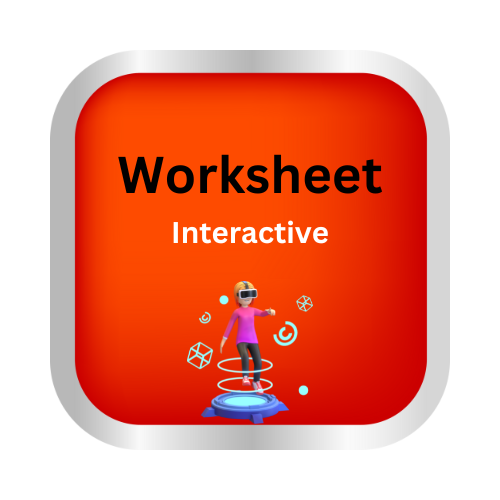A.M. or P.M.
key notes:
1. Understanding A.M. and P.M.
- The day is divided into two parts: A.M. and P.M.
- A.M. (Ante Meridiem) means “before midday” (morning hours).
- P.M. (Post Meridiem) means “after midday” (afternoon and evening hours).
2. A.M. – Morning Hours (12:00 Midnight to 11:59 A.M.)
- The day starts at 12:00 midnight (A.M.).
- The sun rises in the morning (A.M.).
- Examples of activities in A.M.:
- 6:30 A.M. – Wake up
- 7:00 A.M. – Eat breakfast
- 8:00 A.M. – Go to school
3. P.M. – Afternoon and Evening Hours (12:00 Noon to 11:59 P.M.)
- 12:00 Noon starts the P.M. time.
- The sun is highest at 12:00 P.M. (Noon).
- The day ends at 11:59 P.M. (before midnight).
- Examples of activities in P.M.:
- 1:00 P.M. – Lunch
- 4:00 P.M. – Play outside
- 7:00 P.M. – Dinner
- 9:00 P.M. – Go to bed
4. How to Remember A.M. and P.M.
Midnight = 12:00 A.M., Noon = 12:00 P.M.
A.M. → “At Morning” (before noon)
P.M. → “Past Midday” (after noon)
Learn with an example
➡️ Ella is looking for a new bed one afternoon.Is it A.M. or P.M.?
- A.M.
- P.M.
- Ella is looking for a new bed one afternoon.
- Afternoon is after 12 noon. It is P.M.
➡️ Holly is putting her baby down for an afternoon nap. Is it A.M. or P.M.?
- A.M.
- P.M.
- Holly is putting her baby down for an afternoon nap.
- Afternoon is after 12 noon. It is P.M

➡️Donna is baking a cake one evening.Is it A.M. or P.M.?
- A.M.
- P.M.
- Holly is putting her baby down for an afternoon nap.
- Afternoon is after 12 noon. It is P.M

Let’s practice!🖊️

